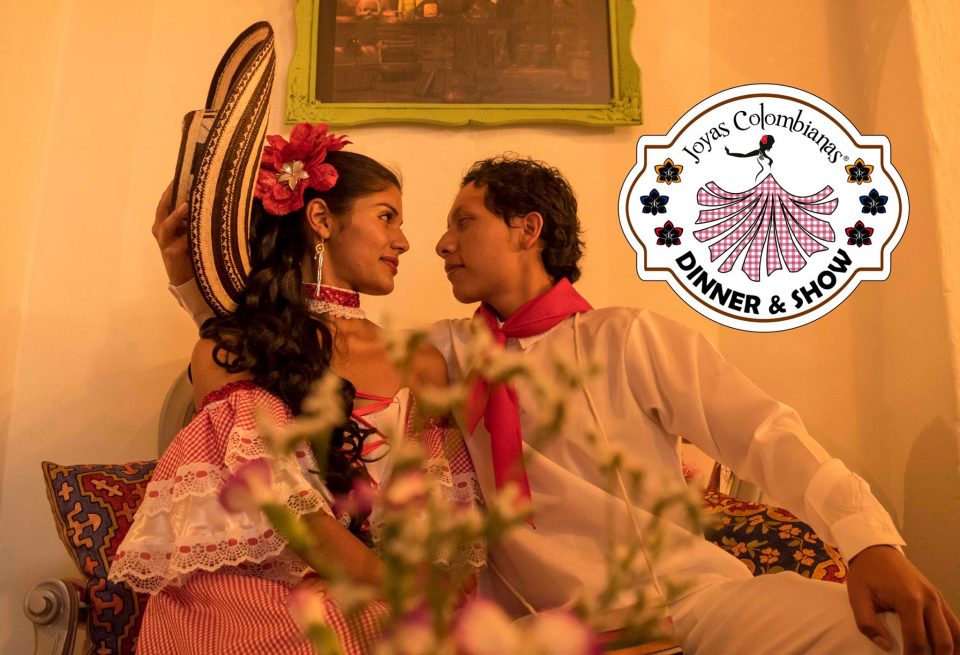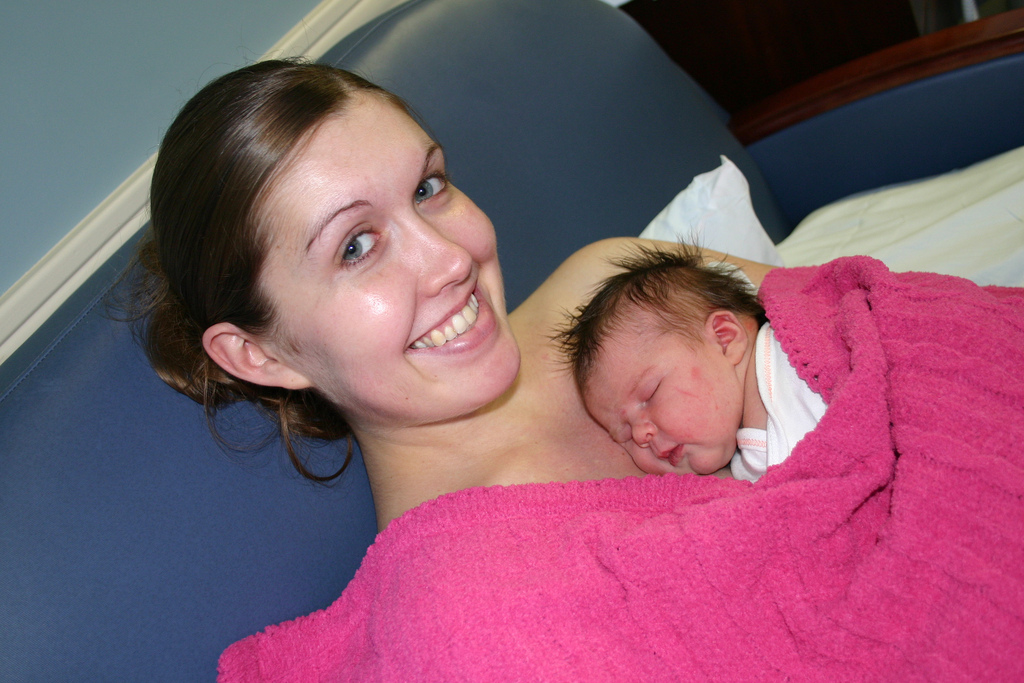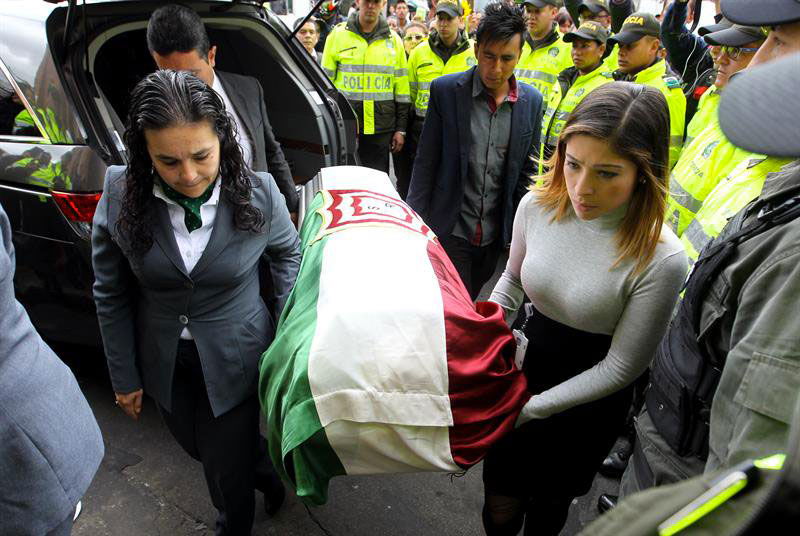
Discover Colombia through its dances.
Joyas Colombianas Dinner & Show, a dinner and dance show in La Candelaria takes Marian Romero back to her roots with stunning displays of cumbia, mapalé, salsa and merengue.
I have a special taste for Colombian music. I grew up listening to the famous folk duo Garzón y Collazos, as well as vallenato legend Alejo Durán’s accordion at full volume. My childhood memories are filled with sound – from Reynaldo Armas’s voice singing without borders to my sister playing the clarinet at the band festival in Paipa. Colombian music taught me rhythm and how to have what we know here as ‘sabor’.
Over the years I let myself be seduced by foreign rhythms: I was carried away by the rock and roll bandwagon and got lost in techno parties. I forgot about the joys of traditional music. That’s why I was excited to be invited to the launch of a dinner and show that promised to showcase the splendours of our traditional music and dance by Joyas Colombianas Dinner & Show.
The launch of Joyas Colombianas Dinner & Show took place in the restaurant La Bruja in La Candelaria. They say eight phantoms – perhaps more – have haunted the area for 400 years, and the restaurant takes its name from one of the neighbourhood’s ghostly characters: the witch.
The hostess was none other than La Bruja herself, a cheerful woman with a coastal accent, dressed in colonial clothes. She fluttered from table to table, telling her story. She told us why she was accused of being a witch and the reasons for her suffering soul as she searched for her missing son. The performance from this well-known Candelaria spirit, far from bringing to mind the chilling realities of the Inquisition that took place in Cartagena from 1610 to 1811, amused me. Blissful and extroverted, La Bruja reminded me of some of my aunts at a party.
The show began with what has become a Colombian Caribbean musical anthem: ‘Yo Me Llamo Cumbia’ (My name is Cumbia). The tropical beauty who sang this classic managed to reach the high notes of the well known original by La Negra Grande de Colombia – Leonor González Mina. By then, I was already on to the starter – a delicious tomato soup – which took away La Candelaria’s infamous cold.
The stage was small, but large enough for three couples of cumbieros who danced a soft cumbia full of Caribbean liveliness. It is worth noting that this is not just a show for tourists – the traditional cumbia is still alive and kicking and it fills me with joy to see women in their nineties waving their skirts and managing the elegant dance while also holding burning candles, as is the tradition. The rhythm of cumbia has been adapted to give ‘flavour’ to other genres – it sounds great with electronic music, as Colombian band Sidestepper have proven – and has even been adopted in Argentina, Peru and Mexico, where they make their own interpretations.
There was a spicier show to accompany the main course, as mapalé, the king of Colombian dance moves, arrived to shape the night. Three couples dominated the space as they moved with the ecstasy and strength that characterise this dance. Unlike the dancing, the food was more international with a twist of Colombian ingredients.
Mapalé was invented by fishermen inspired by African rhythms brought by slaves. The dance mimics the movements of a fish out of water, so the dancers disengage their shoulders from their hips and move in a frenzy which might burn more calories than all the world’s fitness programs combined.
When I wonder why mapalé is not commonly included in zumba – the fitness routine mixing aerobics with Latin dance moves which was invented by a Colombian – I realise that mapalé requires special skills. If learning Colombian dance starts with salsa or champeta – a Cartagenero rhythm and dance derived from mapalé – graduation comes with mastering mapalé!
We were at that climax of the night when they started dancing salsa. Again, the dancers’ skills and complicated steps left us with our mouths open. Salsa is actually not a traditional Colombian dance – being a relatively modern rhythm developed by Cubans and Puerto Ricans in New York on the late 60s – but we love it here. We have a wide variety of salsa groups and in Cali they even invented their own style. It is very intricate, characterised by its speed and hip movements, as well as a move called el pique (the pike).
Merengue began to play as we were finishing our meals, another foreign rhythm that Colombian partygoers have gladly welcomed. It is danced in pairs – we love to be close when we dance – and its steps are very simple. The performers invited us to the dancefloor and the men in the audience did not hesitate to accept the invitation of these gorgeous dancers. I did not decline either!
We finished the night with full bellies and happy hearts. Remembering the traditions of my country left me with a smile on my face and the desire to keep dancing. Joyas Colombianas Dinner & Show is an enjoyable appetiser for Colombian Caribbean heritage for new arrivals in the country.
Joyas Colombianas Dinner & Show takes place on Thursdays and Saturdays at 7pm. Tickets cost COP$60,000 which includes dinner, a glass of wine, the 45-minute show and photo session with the dancers. For reservations: joyascolombianas.show@gmail.com
By Marian Romero





